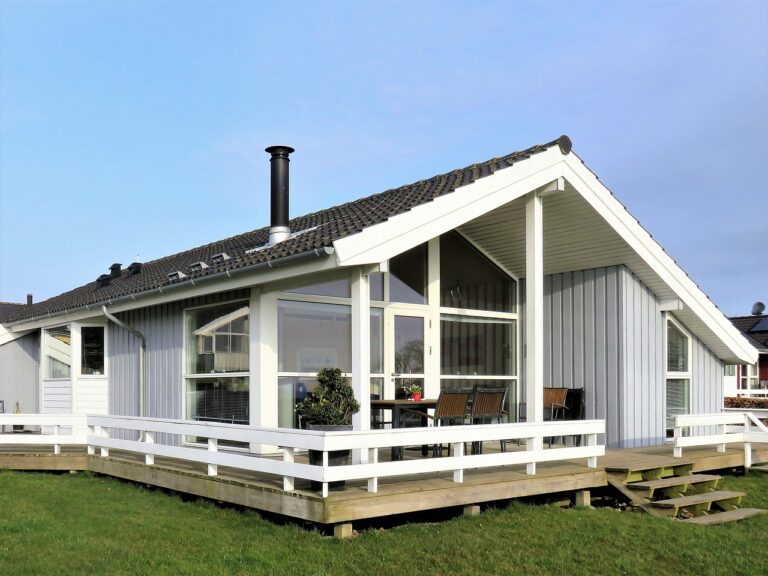Designing a Vertical Garden Wall for Indoor Greenery
Vertical gardens are a fantastic way to bring the beauty of nature indoors, even if you have limited space. Whether you live in a small apartment or a large house, incorporating a vertical garden wall can add a touch of greenery and freshness to your living space. In this article, we will explore the benefits of designing a vertical garden wall for indoor greenery and provide you with tips and tricks to create your own stunning vertical garden.
Benefits of Vertical Gardens
There are numerous benefits to incorporating a vertical garden wall into your indoor space. Some of the key advantages include:
- Space-saving: Vertical gardens are a great way to maximize the use of vertical space in your home, especially if you have limited floor space.
- Aesthetically pleasing: Vertical gardens can serve as a beautiful focal point in any room, adding a pop of color and texture to your decor.
- Air purification: Plants are natural air purifiers, helping to improve indoor air quality and create a healthier living environment.
- Stress reduction: Research has shown that being around plants can help reduce stress and improve overall well-being.
Choosing the Right Plants
Before designing your vertical garden wall, it’s essential to choose the right plants that will thrive in an indoor environment. Some popular choices for vertical gardens include:
- Spider plant: Known for its air-purifying properties, the spider plant is easy to care for and ideal for hanging baskets.
- Pothos: This trailing plant is perfect for creating a lush green wall and can thrive in low light conditions.
- Philodendron: With its heart-shaped leaves, philodendron is a versatile plant that can be grown on a moss pole for vertical growth.
- Succulents: Succulents are a popular choice for vertical gardens due to their low maintenance requirements and unique shapes.
Designing Your Vertical Garden Wall
When designing your vertical garden wall, consider the following factors:
- Location: Choose a well-lit area for your vertical garden wall, preferably near a window where your plants can receive adequate sunlight.
- Container: Select containers that are suitable for vertical gardening, such as hanging planters, wall-mounted pots, or trellises.
- Watering: Ensure that your plants are watered regularly, as vertical gardens may dry out more quickly than traditional gardens.
- Maintenance: Prune your plants regularly to promote growth and prevent overcrowding in your vertical garden wall.
DIY Vertical Garden Wall Ideas
If you’re feeling creative, there are endless possibilities for designing your own DIY vertical garden wall. Here are a few ideas to get you started:
- Pallet garden: Repurpose an old wooden pallet to create a vertical garden by attaching pots or planters to the slats.
- Hanging shoe organizer: Use a hanging shoe organizer to create a vertical garden by planting herbs or small succulents in each pocket.
- Wall-mounted planter boxes: Install wall-mounted planter boxes to create a stunning living wall filled with your favorite plants.
FAQs
1. What are the best plants for a vertical garden wall?
Some of the best plants for a vertical garden wall include spider plants, pothos, philodendrons, and succulents. These plants are low-maintenance and can thrive in an indoor environment.
2. How often should I water my vertical garden wall?
It’s essential to water your vertical garden wall regularly, as plants in vertical gardens may dry out more quickly than traditional gardens. Check the soil moisture levels regularly and water as needed.
3. Can I grow herbs in a vertical garden wall?
Yes, herbs are an excellent choice for vertical gardens, as they can thrive in small spaces and are easy to maintain. Consider planting herbs like basil, mint, and parsley in your vertical garden wall.
4. How can I prevent pests in my vertical garden wall?
To prevent pests in your vertical garden wall, ensure that your plants are healthy and well-maintained. You can also use natural pest control methods, such as introducing beneficial insects or using neem oil to deter pests.
5. Can I hang a vertical garden wall indoors without damaging the walls?
Yes, you can hang a vertical garden wall indoors without damaging the walls by using wall-mounted planters, trellises, or hooks that are designed for vertical gardening. Be sure to follow the manufacturer’s instructions for installation and weight limitations.







